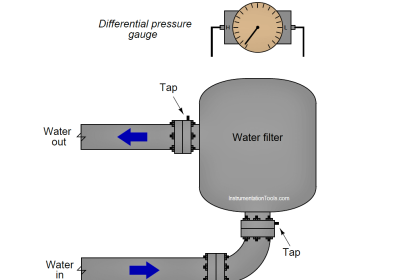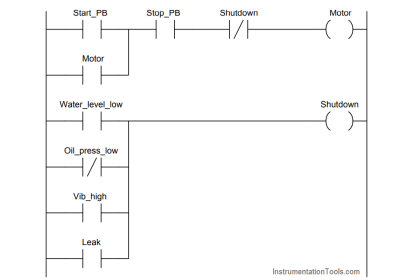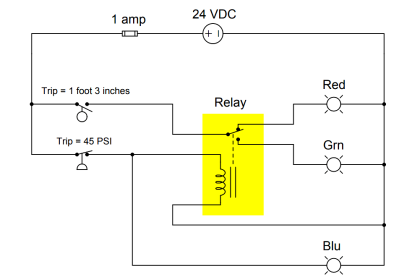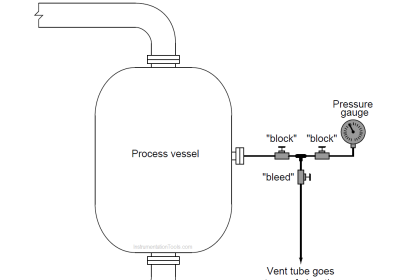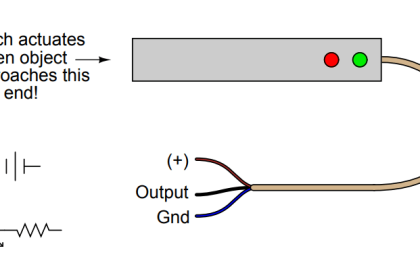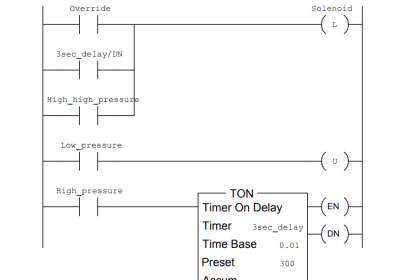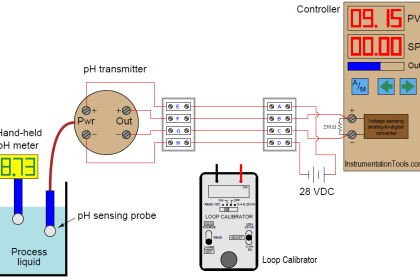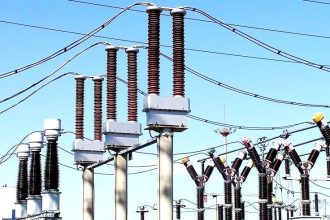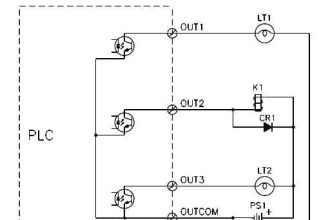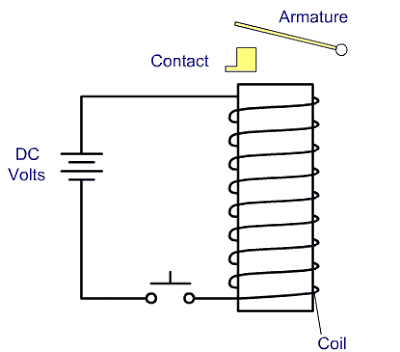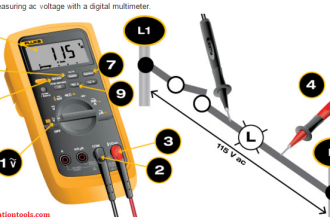Pneumatic Pressure Transmitter
Suppose you wish to calibrate a pneumatic pressure transmitter to an input range of 0 to 200 inches of water, with an output range of 3 to 15 PSI.
Complete the following calibration table showing the test pressures to use and the allowable low/high output signals for a calibrated tolerance of +/- 0.5% (of span):

If the operator happens to read a process pressure of 153 inches W.C. at the indicator, how far off might the actual process pressure be from this indicated value?
Answer
Given the tolerance of ± 0.5% of the 200” span (± 1”), the actual process pressure could be as low as 152 ”W.C. or as high as 154 ”W.C.
Share with us the formula used for the above calculations using the below the comments section.
Pneumatic Pressure Repeater
Examine the diagram for a Foxboro model 139PP pneumatic pressure repeater, then identify multiple faults which could cause this instrument to:
- Output less pressure than it should (i.e. less pneumatic signal pressure than process fluid pressure)
- Output more pressure than it should (i.e. more pneumatic signal pressure than process fluid pressure)
For each of your identified faults, explain why the pneumatic output signal pressure will be incorrect, and also identify how to correct the problem.
Answer
Reasons for the output pressure to be too low:
- Air supply pressure too low
- Supply air port clogged
- A leak in the output signal tube
Reasons for the output pressure to be too high:
- Air supply pressure much too high
- Vent air port clogged
- Control valve plug not fully seating (shutting off)
- Suppression spring too compressed
Read Next:
- Pneumatic Load Cell
- False Pressure Alarms
- Instrument Calibration Lab
- Pneumatic Advantages
- Pressure Transmitter Re-Range
Credits: Tony R. Kuphaldt

